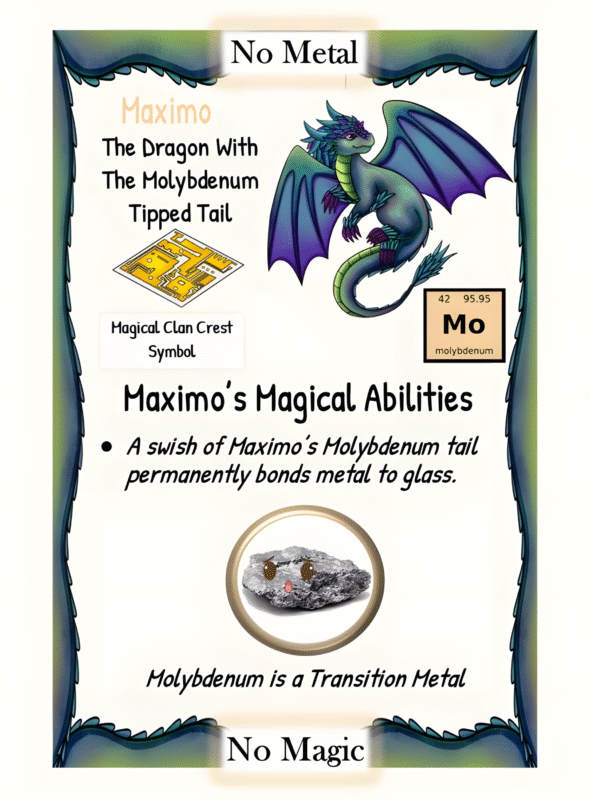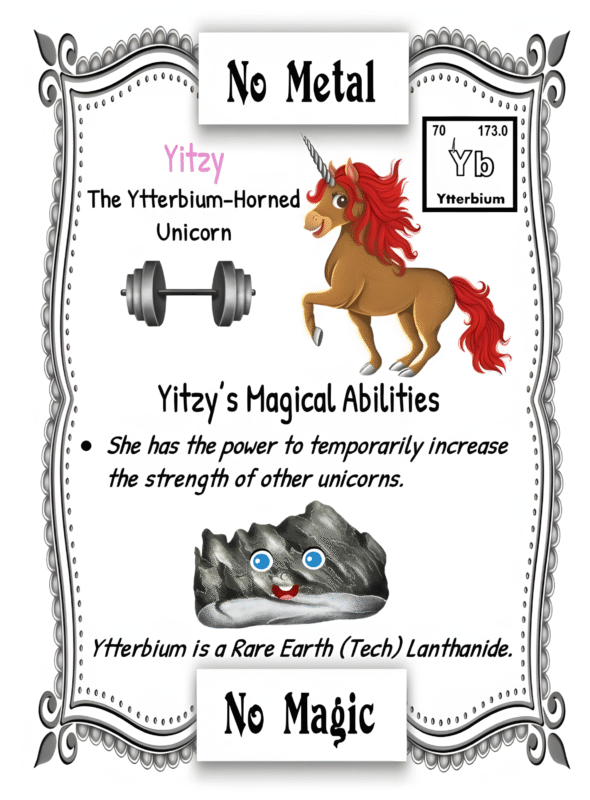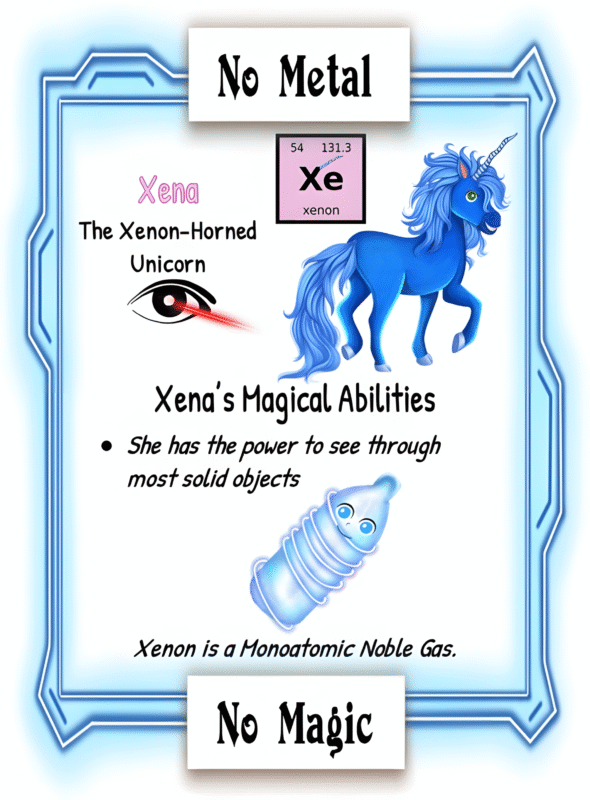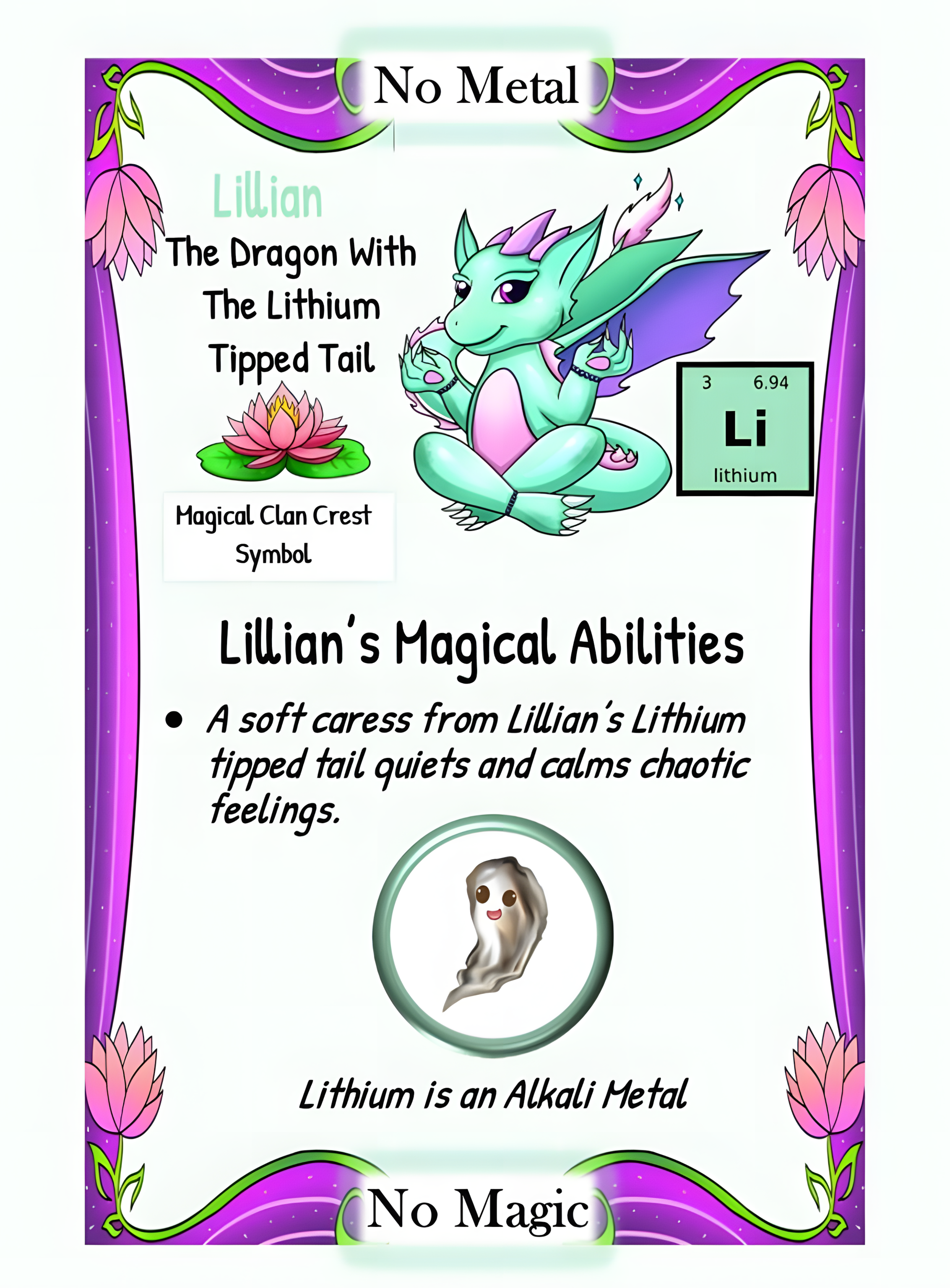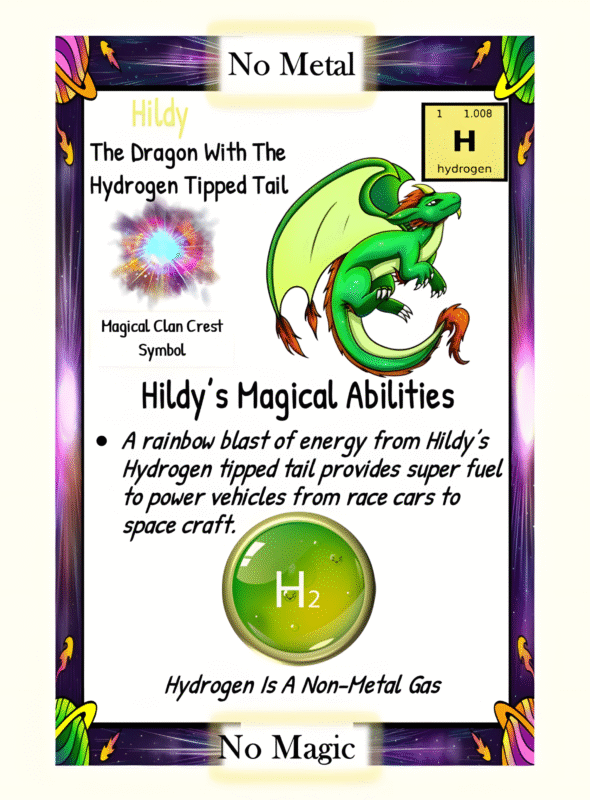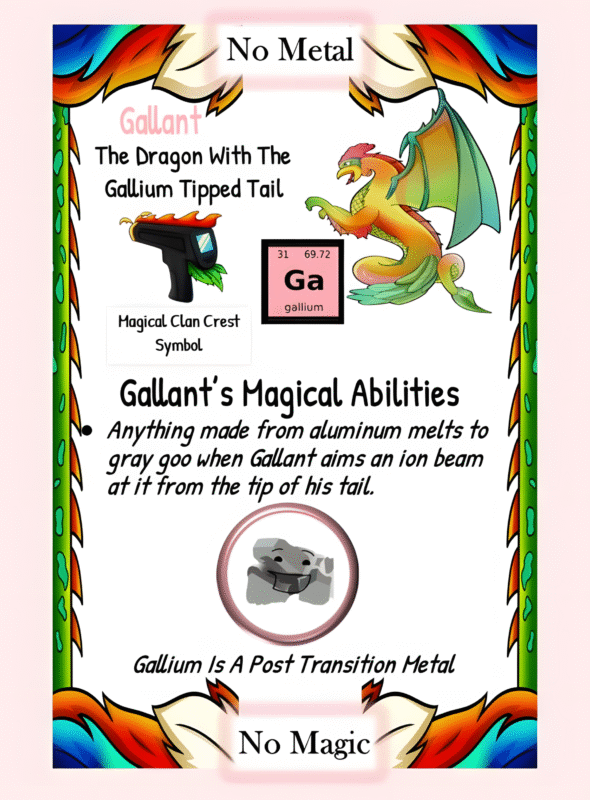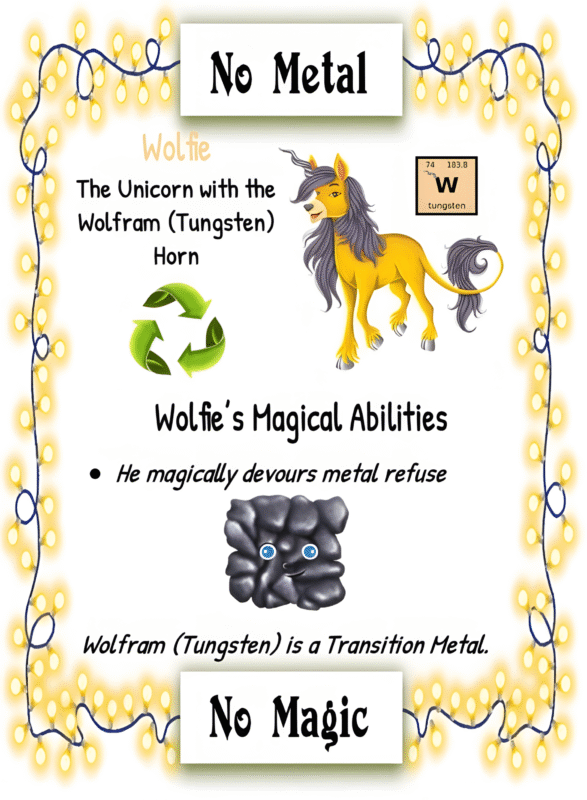First Uses of the Periodic Table Element -Molybdenum
First Uses of the Periodic Table Element-Molybdenum. Molybdenum: Its Early Uses and Evolving Applications.Molybdenum, a chemical element with the atomic number 42, boasts remarkable properties that have fascinated scientists and engineers alike. Discovered in the late 18th century, molybdenum was initially hailed as a breakthrough material for numerous applications. However, over time, its primary uses have transitioned due to various factors. In this article, we will explore the early uses of molybdenum and delve into why it is no longer employed for those purposes.

